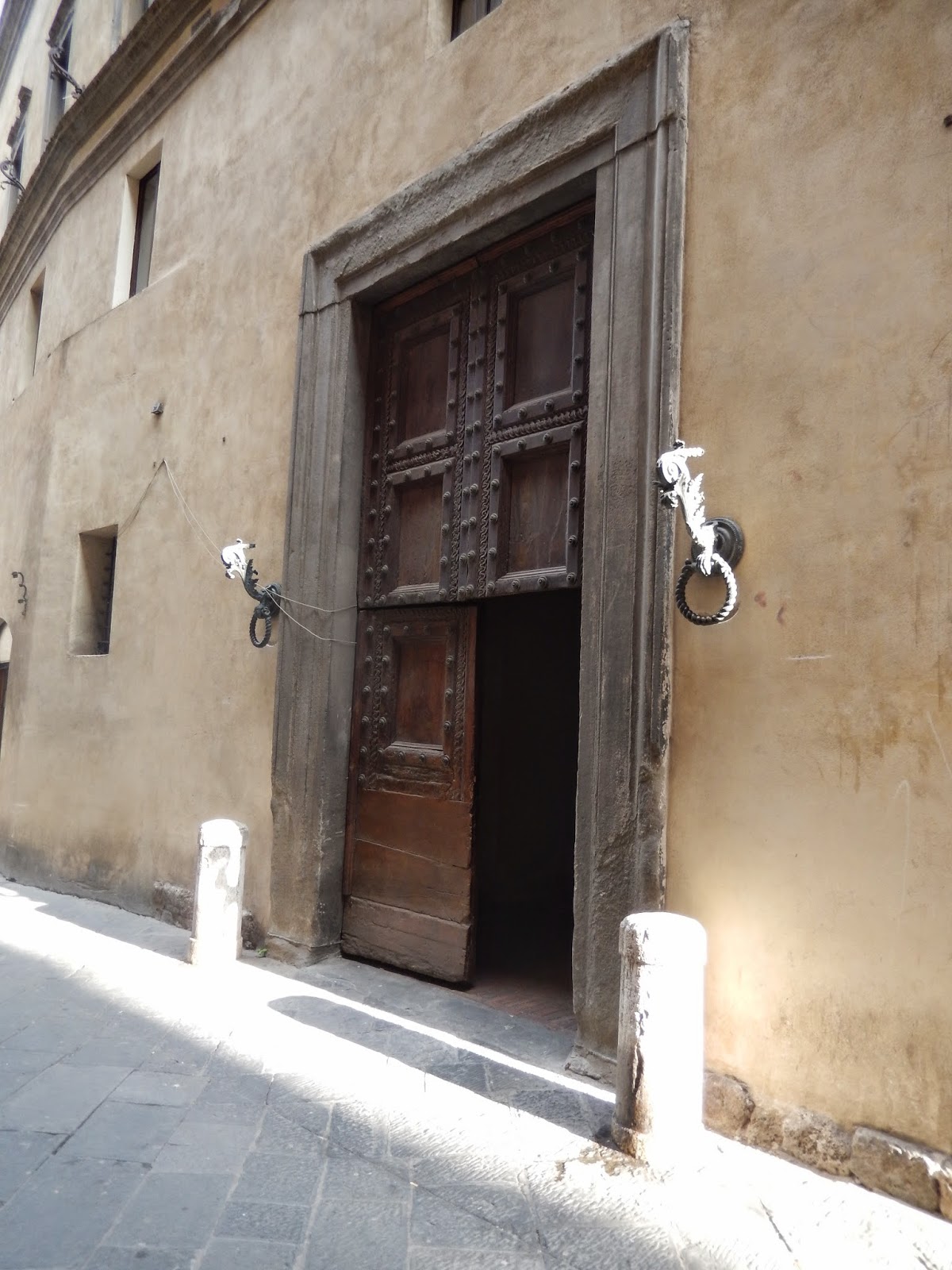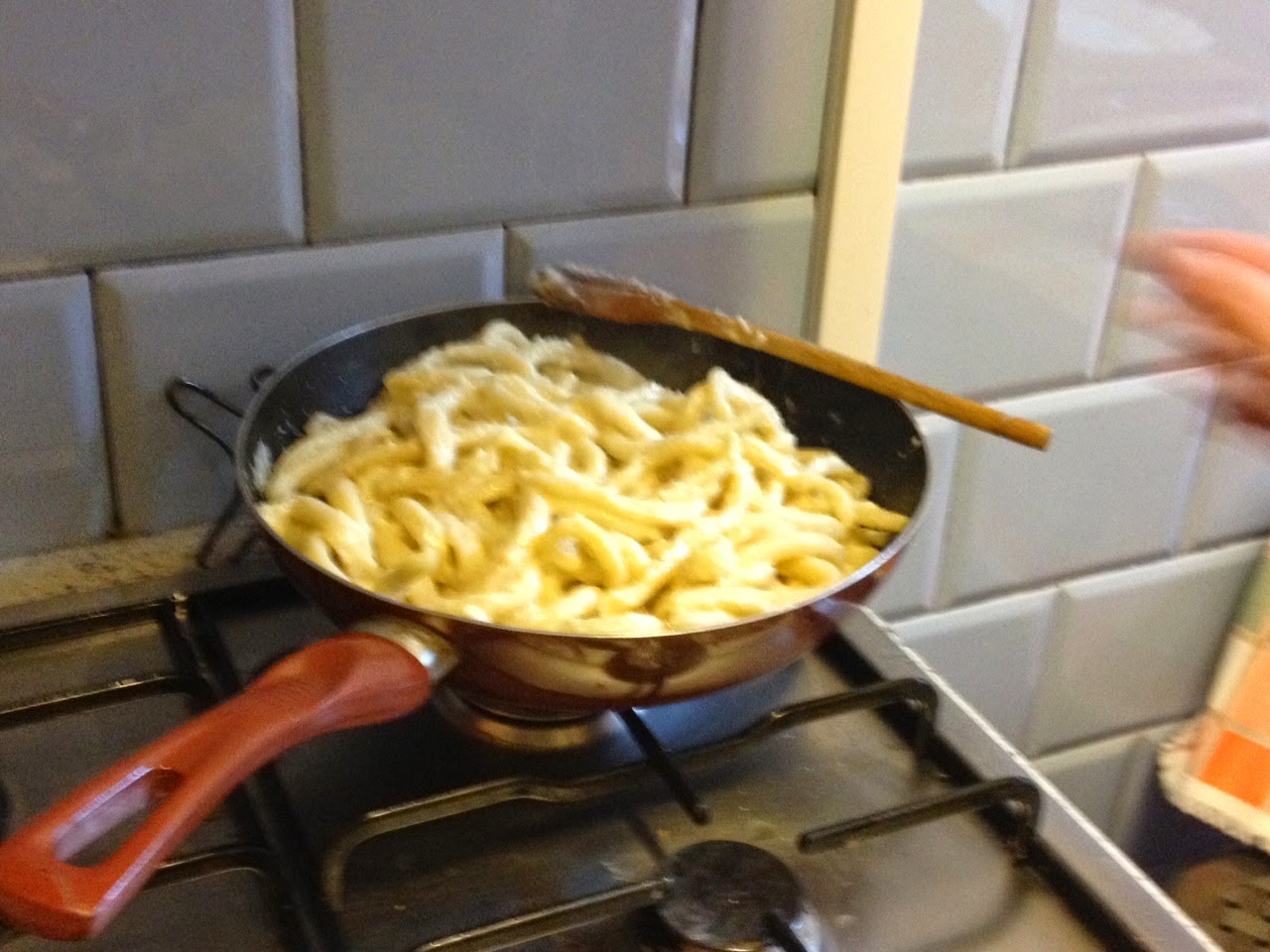Siena, like many other Italian cities, has a weekly outdoor
open market. Items available range from household goods, clothing, jewelry,
plants, fresh fruits, vegetables, cheeses, meats – you name it – everything one needs and doesn’t need, aside from health items, can be found there.
Our third day of school we went on our first excursion to Il
Mercato Fuori – the outdoor market in Piazza Gramsci. In preparation, our
instructor Sabrina gave us several descrip-tions of the market and what we would
find. Following are photos of the food market in Siena as well as a few from Bologna.
Similar to a Farmer's Market in California, every week the vendors set up their produce and wares only to tear them down several hours later. The next day they do the same in a nearby village. A variety of personalities can be found at the market. Both weeks I witnessed one young produce vendor making the most of his routine by picking up un carciofo (artichoke) on a long stem and proceeding to use it as a microphone. He began calling out the the customers words that I unfortunately was not able to interpret but were obviously humorous to the crowd. The next week he was singing into his Carciofo Mike - perhaps once the inspiration for karaoke?
 |
| Street Market in Bologna |
 |
Bufalo Mozarella and Other Cheeses
|
 |
Fish, Fish and More Fish
|
Another point of interest at the market, especially for the women of elderly years, is I Tre Uomini Belli - the three good looking men at the fish stand. These men, apparently smart entrepreneurs, are very attentive to their customers, helping them with selections, offering suggestions of how to prepare the fish, suggesting recipes, respectful, etc., what Italians might refer to as being molto gentile. As a result the older women flock to their stand to purchase fish.
 |
| The Fish Vendors AKA I Uomini Belli |
Most of our time was spent in the food section where we purchased food to stock our kitchen. The buffalo mozzarella is amazingly creamy and delicious. We enjoyed Caprese Insalata: sliced fresh tomatoes, buffalo mozzarella and a basil leaf. (Confession: I hadn't known that Buffalo mozzarella was made with milk from water buffalo's - not bison)


















































